TYPICAL "WEALTHY" MANSIONS
Opposite Mong Bridge on the Tau Hu Canal is a giant silver-gray building. The 5-storey building, occupying an entire block, was built in 1929 - 1930. Although it has Neo Classic and Art Deco architectural styles, it has many indigenous cultural details. The most impressive are the reliefs depicting the Naga snake god, lotus flowers and Khmer-style decorative motifs on the attic. The building is the headquarters of Banque de l'Indochine (BIC) - the Bank of Indochina founded in Paris (1875). As a private bank, BIC has the privilege of issuing money and providing many important financial services in Indochina. BIC also has branches in Hanoi and many other major cities in Indochina and China. The BIC building is now the headquarters of the State Bank in Ho Chi Minh City.
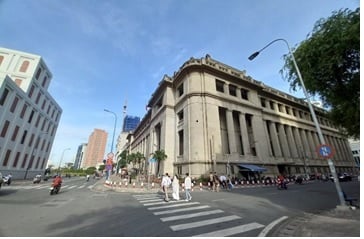
Indochina Bank Building (right), currently the State Bank of Vietnam in Ho Chi Minh City
Photo: Phuc Tien
A few steps from the BIC building is the Hongkong and Shanghai (HSBC) building, a British bank that opened a branch in Saigon in 1870. Behind the building, on Ho Tung Mau Street, is a large building that was formerly the headquarters of the British Standard Chartered Bank. Across the street is the former headquarters of the Japanese company Dainan Koosi. After 1975, all three buildings were managed by state agencies.
Meanwhile, the Banque Franco Chinoise pour le Commerce et l'Industrie (BFC) building, abbreviated as the Franco-Chinese Bank, occupies the corner of Ham Nghi - Hai Trieu streets. The highlight of the original building is a three-story tower with a roof shaped like a great bell. BFC is a large French bank, with many branches in China and Indochina. Today, this building is the headquarters of a branch of BIDV Bank in Vietnam.

The prototype building of the Franco-Chinese Bank BFC, originally owned by SFFC, is now a branch of BIDV Bank.
Photo: Postcard collection by Nguyen Dai Hung Loc
Near BIC there is a building, although not a bank headquarters, but its design and prestige are no less great. That is the headquarters of the Chamber of Commerce, established around 1927 - 1928, now the headquarters of the Ho Chi Minh City Stock Exchange. Before 1954, the financial district of Saigon had dozens of headquarters of banks, financial companies, insurance companies and shipping and foreign trade companies "stationed". After that until 1975, there were headquarters of about 32 banks (18 Vietnamese and 14 foreign), using many large and small high-rise buildings on Ham Nghi, Nguyen Hue, Ben Chuong Duong and Nguyen Cong Tru avenues. In particular, the massive 15-storey high-rise building at 8 Nguyen Hue, had just been completed and was preparing to be the headquarters of the Military Bank when the war ended.
K KIM TIEN STREET
Originally, the financial district started from the intersection of D'Adran (now Ho Tung Mau) - Quai de Belgique (now Vo Van Kiet Avenue), extending to Ong Lanh Bridge, along Tau Hu Canal. At that time, D'Adran Street was located behind the old Ben Thanh Market - a commercial center right next to Cho Vai Canal (Nguyen Hue). Meanwhile, the road along Tau Hu Canal was the main road leading to Cho Lon - the trading center of the Chinese and the place where agricultural processing factories were located. Therefore, attached to the road was the first tram line, running on steam locomotives - the predecessor of the modern Metro, established in 1881. With Mong Bridge completed in 1894 and Khanh Hoi Swing Bridge completed in 1904, traveling by horse-drawn carriage and car, including walking between Khanh Hoi port and the financial district became even easier.
In the early 20th century, the "money quarter" gradually expanded to the end of La Somme Street (Ham Nghi) and Charner Street (Nguyen Hue). Because since 1914, the train station (now 23.9 Park) and the newly established Ben Thanh Market began operating, at the same time Gallieni Street (Tran Hung Dao) was built towards Cho Lon, forming a large traffic and trading area. Among them, on Charner Street, it was not by chance that the Treasury building was born, a beautiful architecture and a public financial unit, located very close to private financial units. Proudly, since 1927, right at the corner of Charner and Ohier (Ton That Thiep), the headquarters of the Bank of An Nam, owned by Vietnamese people, appeared.
Planning a financial district adjacent to the port area and commercial centers is very necessary. Here, merchants, ship owners, warehouse owners, captains, and credit and insurance companies can conveniently meet to "hunt for news" and discuss business. In the district, Nam-kin Restaurant at 11-13 Lefèbvre (Nguyen Cong Tru) is one of the famous gathering places for business people and "citizens".
"affairs" (brokers) before 1945. Today, with super-fast telecommunications networks and digital financial transactions, the classic financial districts have changed, but the old buildings and location arrangements still play a big role. (continued)
Source: https://thanhnien.vn/khu-pho-tai-chinh-ben-dong-nuoc-185250414194016948.htm


![[Photo] National Assembly Chairman Tran Thanh Man meets with outstanding workers in the oil and gas industry](https://vstatic.vietnam.vn/vietnam/resource/IMAGE/2025/4/17/1d0de4026b75434ab34279624db7ee4a)
![[Photo] Nhan Dan Newspaper announces the project "Love Vietnam so much"](https://vstatic.vietnam.vn/vietnam/resource/IMAGE/2025/4/17/362f882012d3432783fc92fab1b3e980)
![[Photo] Closing of the 4th Summit of the Partnership for Green Growth and the Global Goals](https://vstatic.vietnam.vn/vietnam/resource/IMAGE/2025/4/17/c0a0df9852c84e58be0a8b939189c85a)
![[Photo] The beauty of Ho Chi Minh City - a modern "super city" after 50 years of liberation](https://vstatic.vietnam.vn/vietnam/resource/IMAGE/2025/4/18/81f27acd8889496990ec53efad1c5399)

![[Photo] Promoting friendship, solidarity and cooperation between the armies and people of the two countries](https://vstatic.vietnam.vn/vietnam/resource/IMAGE/2025/4/17/0c4d087864f14092aed77252590b6bae)
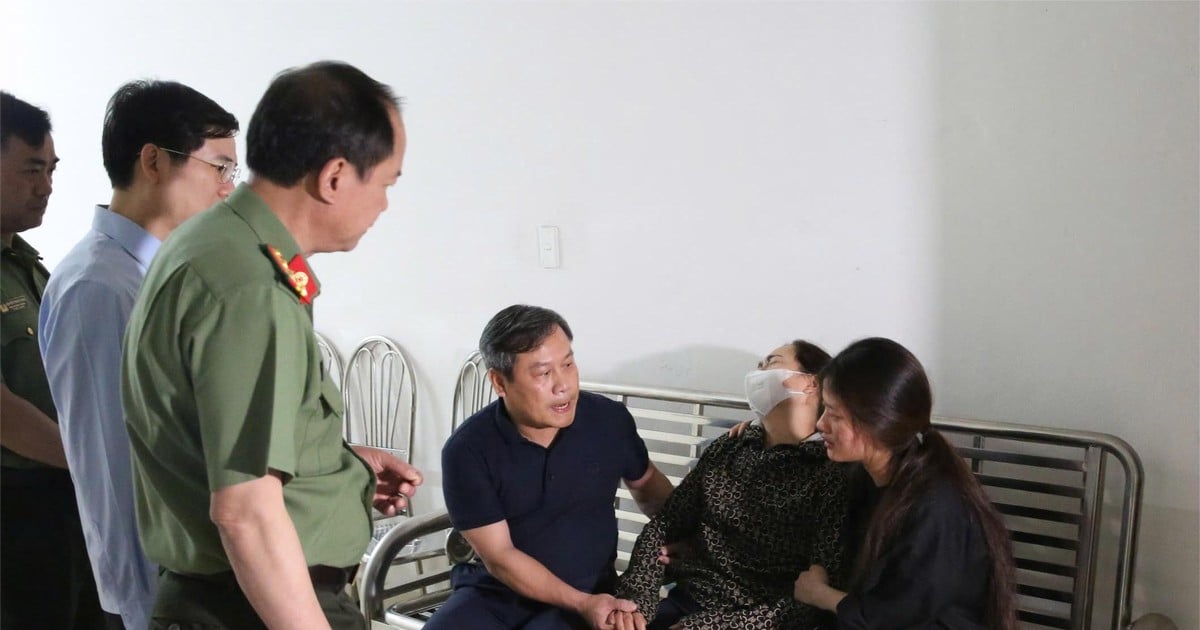



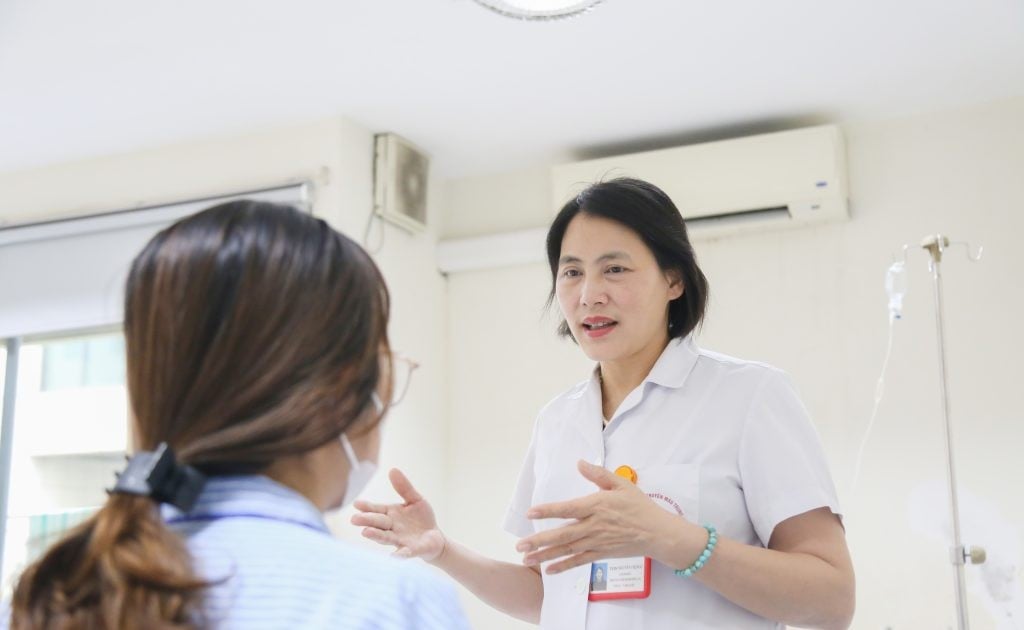
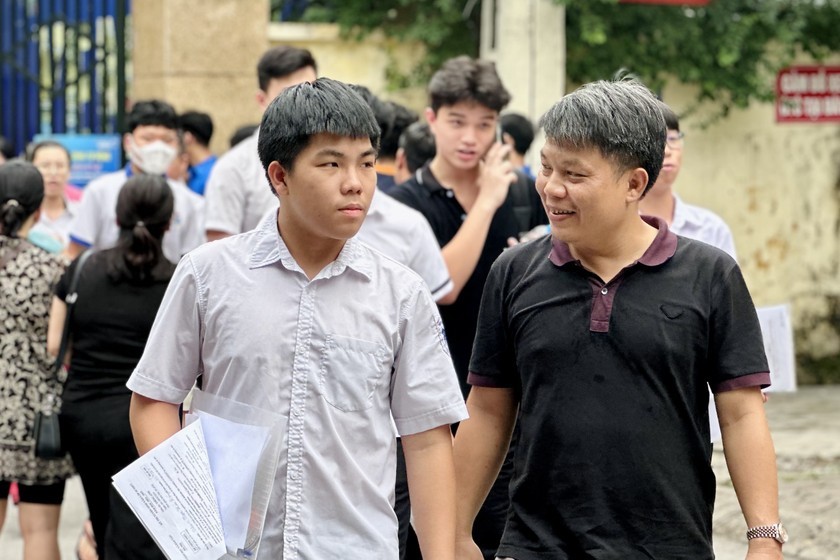










![[Photo] General Secretary To Lam receives French Ambassador to Vietnam Olivier Brochet](https://vstatic.vietnam.vn/vietnam/resource/IMAGE/2025/4/17/49224f0f12e84b66a73b17eb251f7278)





















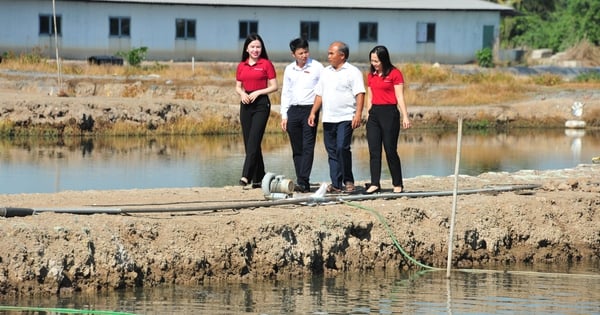


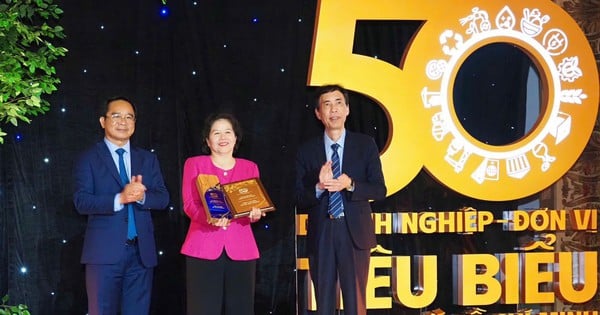






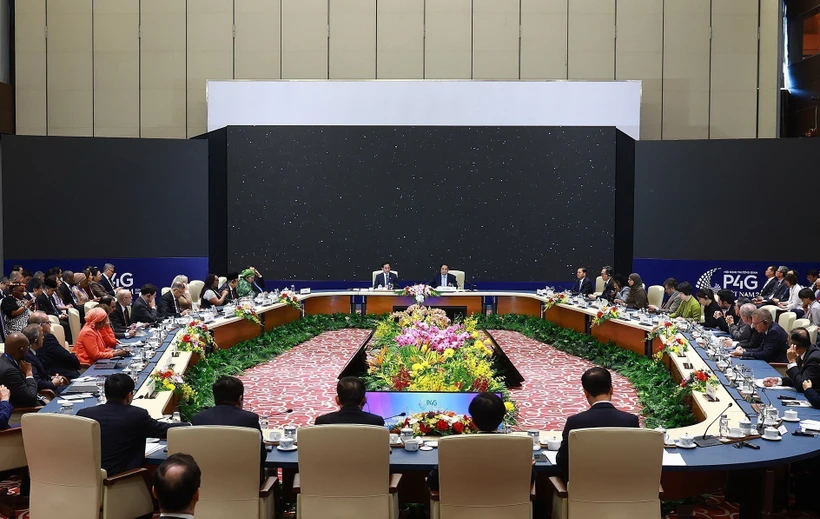


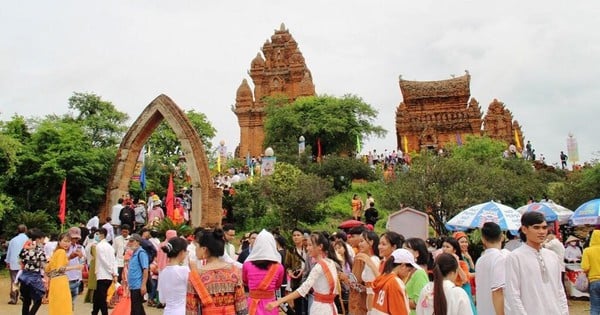

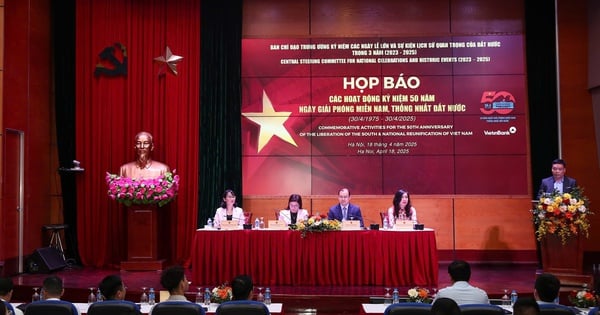






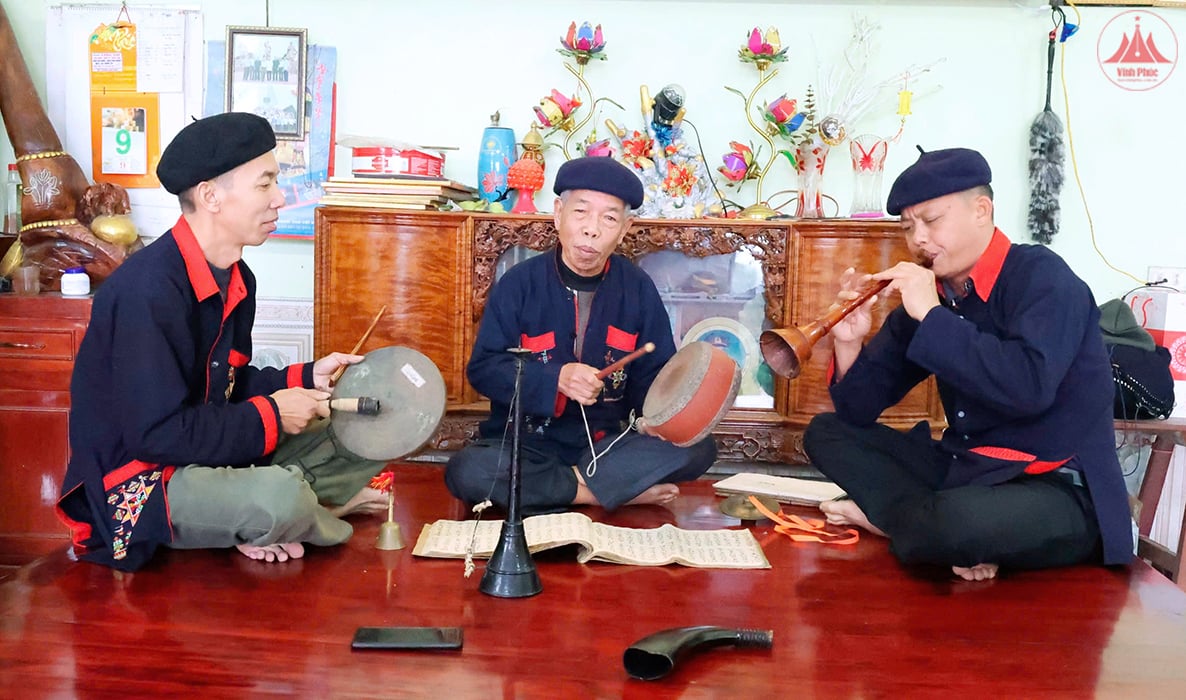

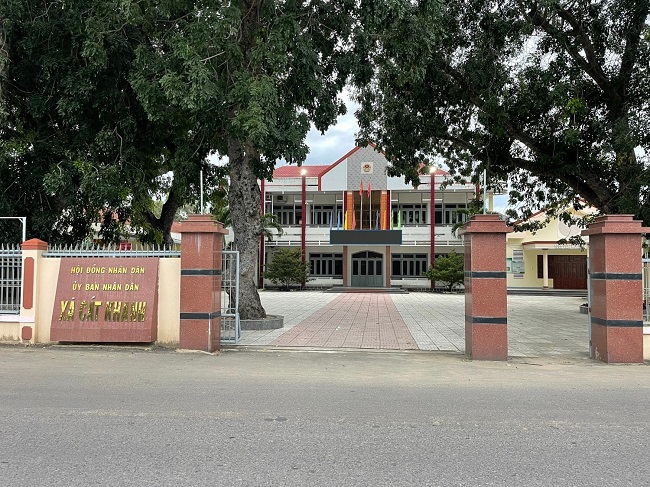


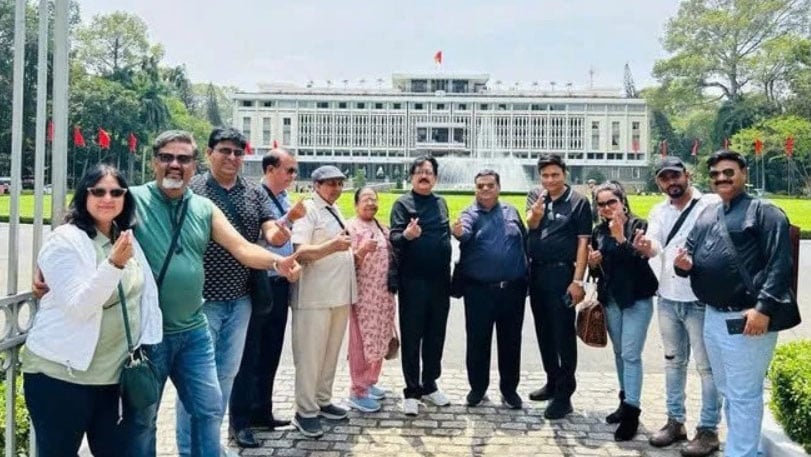

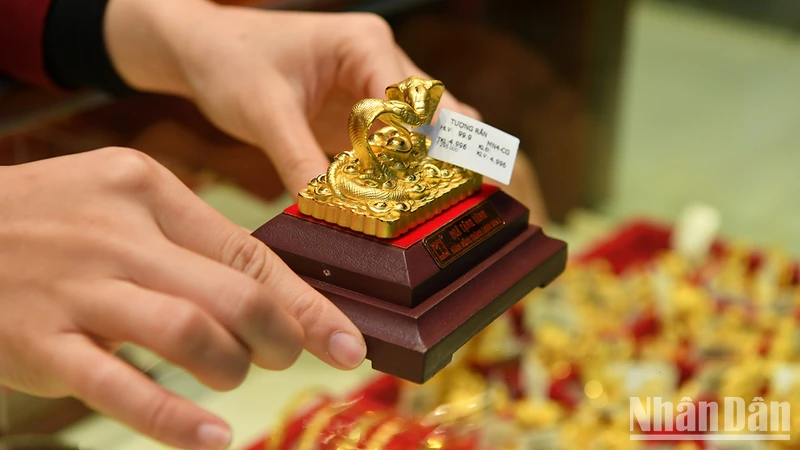

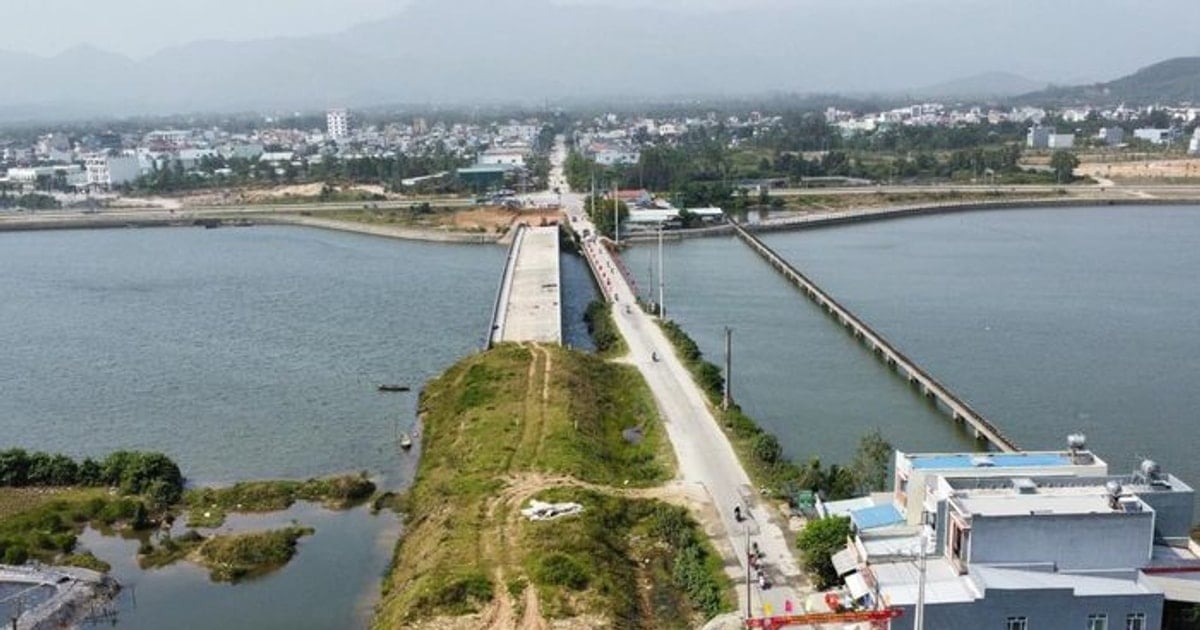












Comment (0)